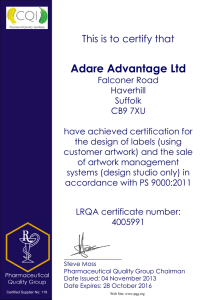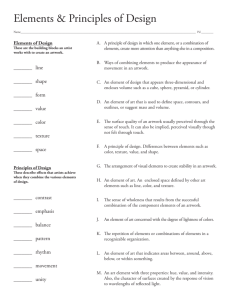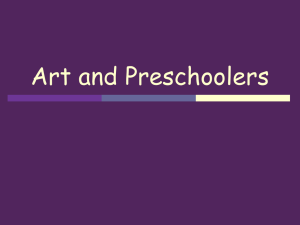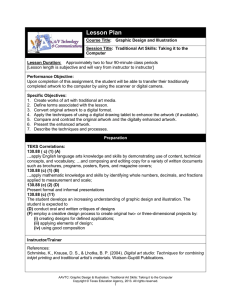MOPA The Experience Project
advertisement
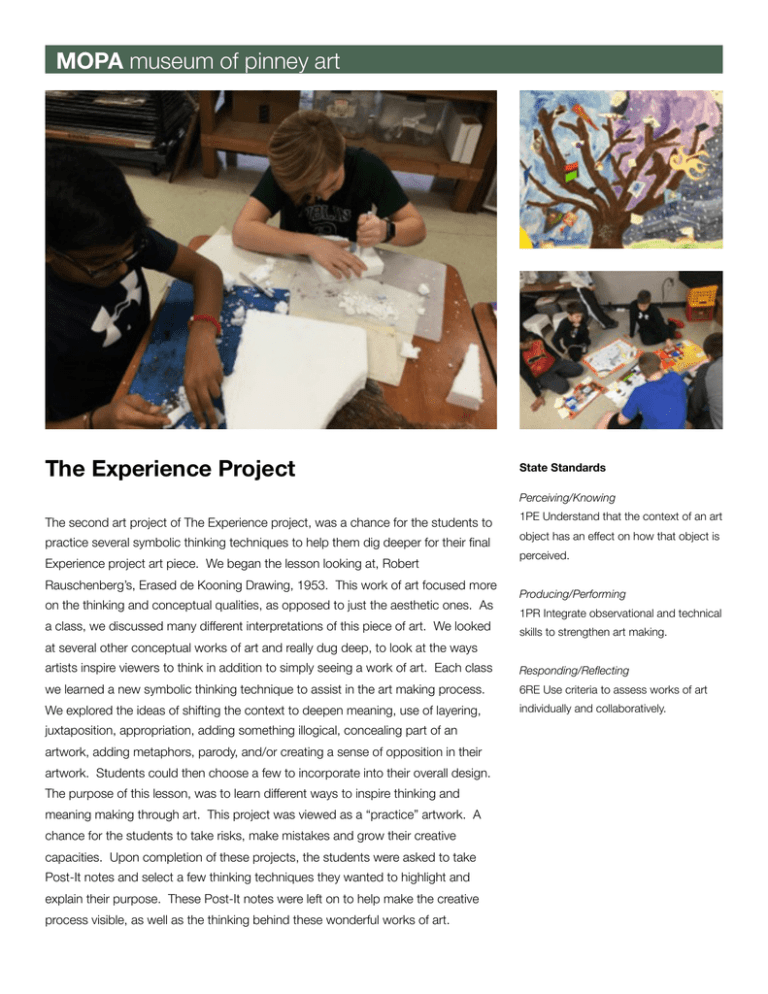
MOPA museum of pinney art The Experience Project State Standards Perceiving/Knowing The second art project of The Experience project, was a chance for the students to 1PE Understand that the context of an art practice several symbolic thinking techniques to help them dig deeper for their final object has an effect on how that object is Experience project art piece. We began the lesson looking at, Robert Rauschenberg’s, Erased de Kooning Drawing, 1953. This work of art focused more on the thinking and conceptual qualities, as opposed to just the aesthetic ones. As a class, we discussed many different interpretations of this piece of art. We looked perceived. Producing/Performing 1PR Integrate observational and technical skills to strengthen art making. at several other conceptual works of art and really dug deep, to look at the ways artists inspire viewers to think in addition to simply seeing a work of art. Each class Responding/Reflecting we learned a new symbolic thinking technique to assist in the art making process. 6RE Use criteria to assess works of art We explored the ideas of shifting the context to deepen meaning, use of layering, individually and collaboratively. juxtaposition, appropriation, adding something illogical, concealing part of an artwork, adding metaphors, parody, and/or creating a sense of opposition in their artwork. Students could then choose a few to incorporate into their overall design. The purpose of this lesson, was to learn different ways to inspire thinking and meaning making through art. This project was viewed as a “practice” artwork. A chance for the students to take risks, make mistakes and grow their creative capacities. Upon completion of these projects, the students were asked to take Post-It notes and select a few thinking techniques they wanted to highlight and explain their purpose. These Post-It notes were left on to help make the creative process visible, as well as the thinking behind these wonderful works of art.
